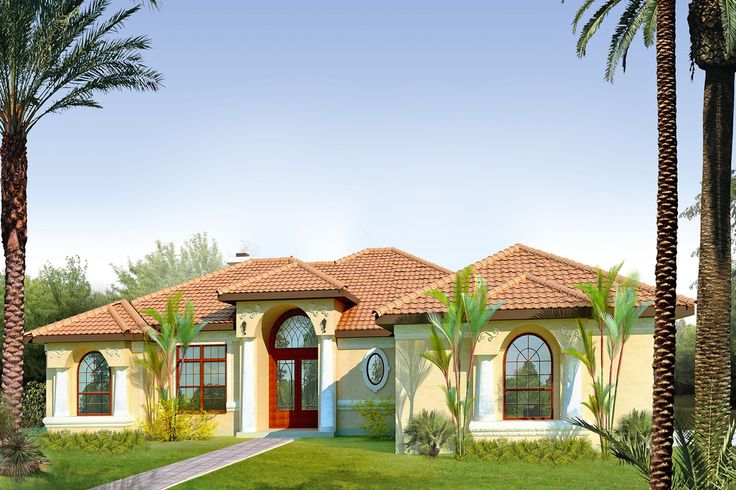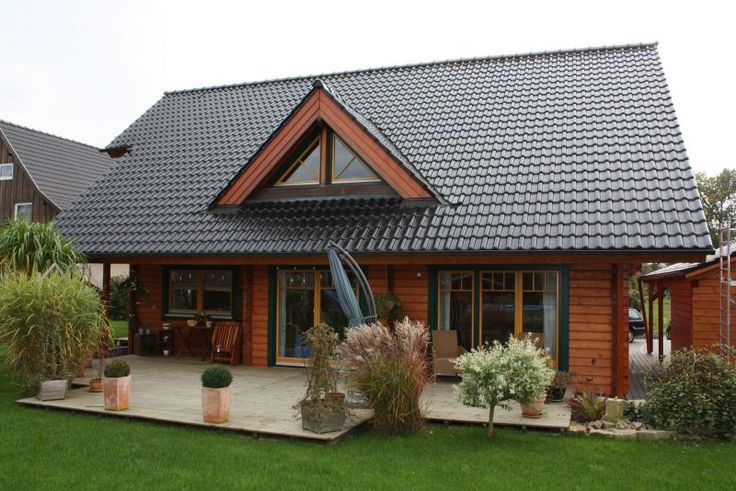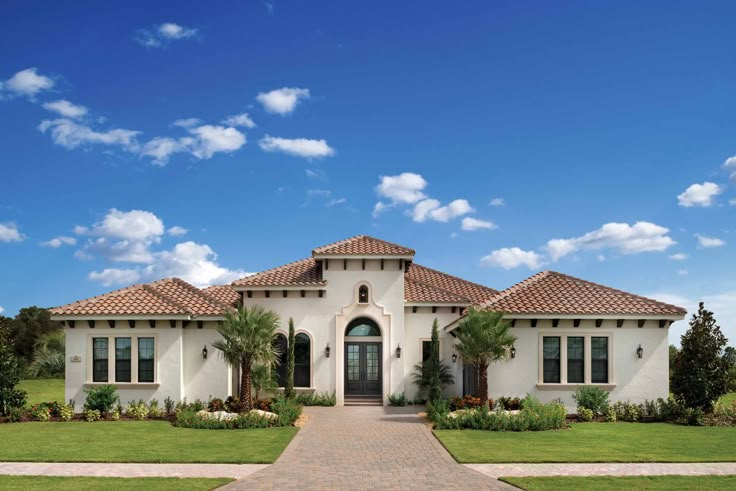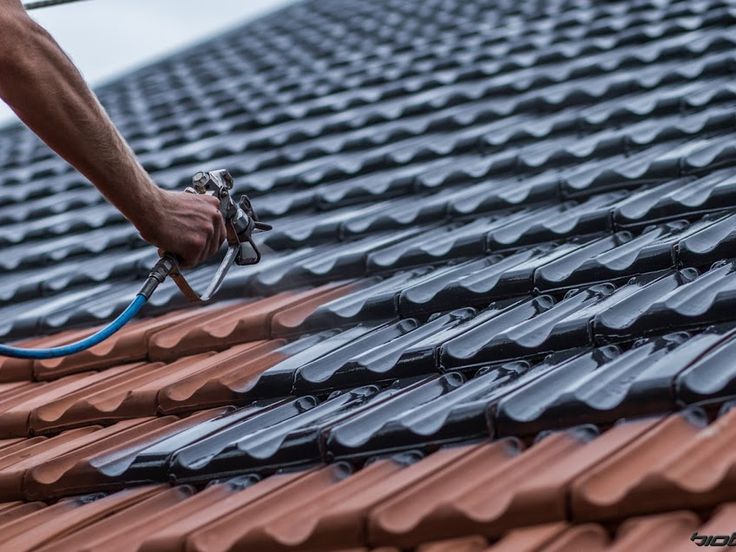The Rising Demand for Smarter Roofing Solutions
As the sun beats down on the sprawling community of San Bernardino, homeowners are increasingly aware of the necessity for more efficient roofing options. Traditional shingles absorb heat, ramping up the demand on cooling systems and driving energy bills through the roof. In response, solar reflective roofs are gaining traction as an urgent solution to mitigate these issues. They not only provide immediate relief by reflecting solar energy but also promise a cooler home environment.
While cost is often the foremost concern for many residents, the long-term financial and environmental benefits of solar reflective roofing cannot be overstated. Investing in this technology can lead to significant energy savings, especially pronounced in the hot months when air conditioning systems strive to combat the heat. A solar reflective roof can combat surface temperatures far more effectively than traditional materials, a fact that underscores their importance for homeowners in the region. This is not a luxury but a strategic upgrade that can pay dividends in comfort and cost savings.
Residents of San Bernardino are not just concerned about their wallets but also about their ecological footprint. Embracing solar reflective roofs represents a forward-thinking move toward sustainable living. Not only does this innovative solution reduce energy consumption, but it also lessens the heat island effect urban regions are known for, manifesting a genuine commitment to environmental responsibility. As this city looks to the future, the choice of roofing becomes more than a matter of practicality—it’s a statement of stewardship for the planet.
Diving Deeper into the Benefits of Reflective Roofing
Understanding the functional aspects of solar reflective roofs begins with the key concept of the Solar Reflectance Index (SRI). This index measures a roof’s ability to reject solar heat, with a higher SRI equating to greater reflectivity and subsequent cooling properties. San Bernardino homeowners stand to benefit tremendously from high SRI-rated materials, as they can significantly cut down on the heat absorbed by their homes. It’s not just about deflecting the sun’s rays; it’s about creating a barrier that enhances the energy efficiency of the entire household. This smarter roofing strategy dovetails perfectly with the climatic demands of the area, helping residents keep their homes cool without overdependence on air conditioning.
Considering the increased awareness about the long-term effects of roofing choices, residents often ask about the durability and the potential cost savings associated with solar reflective roofs. It’s important to note that these roofs are not simply a short-term fix; they are designed to stand the test of time, weathering the elements with grace while continuing to offer thermal regulation benefits. The initial investment can indeed be higher than traditional roofing, but the cost is quickly offset by the reduction in energy bills. Over time, homeowners realize that what seemed like a sizeable expenditure is, in fact, an investment yielding regular dividends, reflected both in their finances and their comfort levels.
Case studies in San Bernardino tell the success stories of homeowners who’ve made the switch to solar reflective roofing. These narratives aren’t just anecdotal; they are rooted in the palpable shift towards sustainable living within the community. By showcasing the positive impact of these roofing systems, we raise the bar for what’s expected in modern home construction and renovation. If you’re intrigued by the potential of these innovative roofing solutions, consider discussing options with a local expert at Sierra Roof Inc., who understands the distinct needs of this sunny Californian city.
Final Thoughts on Embracing Solar Reflective Roofs
The concept of solar reflective roofing is more than just a technological advancement; it represents a forward leap into a more sustainable future for San Bernardino. The initial costs can sometimes be a hurdle for homeowners, but knowledgeable roofing specialists can clarify how the benefits far outweigh this initial investment. Local incentives and rebates often play a pivotal role in making the switch more accessible, making it an intelligent choice for environmentally and economically conscious individuals. Moreover, the increasing popularity of these roofs may lead to a more competitive market, further driving down costs. It’s a win-win scenario for both the homeowner and the environment.
Armed with tips from industry professionals, homeowners can make informed decisions about their roofing. It’s not just about selecting a high SRI-rated material; it’s also about understanding proper maintenance and installation to ensure that the roof performs optimally for years to come. This knowledge will help protect your investment and maximize the energy-saving potential of your home. Trusted roofers in the area can guide you through selecting the right product that suits both your home and the local climate. This way, you’ll be maximizing efficiency and embracing a greener lifestyle all at once.
In conclusion, solar reflective roofs are an advantageous upgrade for any San Bernardino home. This intelligent roofing solution brings together the dual benefits of cost-effectiveness and environmental responsibility. We’re not just talking about a trend; we’re discussing a critical piece of the puzzle in building a sustainable future. To learn more about how you can be part of this important movement in home improvement, visit Sierra Roof Inc. for expert advice and services. Embrace the change and become a paragon of eco-friendly living within your community.
Smart Roofing Insights for San Bernardino Homes
Tip 1:
Consider the local climate when selecting a solar reflective roof. In San Bernardino, the strong sun and high temperatures make a high SRI-rated roofing material an optimal choice for energy savings and comfort.
Tip 2:
Regular maintenance is key to maximizing the lifespan of your solar reflective roof. Ensure routine inspections and cleanings to maintain the roof’s reflective properties, particularly in dusty areas.
Tip 3:
Before installation, consult with a local expert on the best solar reflective materials for your home. They can help you navigate the various options and find a solution that balances cost-effectiveness with energy efficiency.
Tip 4:
Be aware of local incentives and rebates for installing energy-efficient roofing. San Bernardino homeowners may have access to programs that can offset the initial costs of a solar reflective roof installation.
Tip 5:
Educate yourself on the environmental impact of your roofing choice. Solar reflective roofs not only contribute to lower energy bills but also aid in reducing urban heat islands, making them a sustainable choice for the San Bernardino community.
Your Solar Reflective Roofing Questions Answered
How do solar reflective roofs help in energy efficiency?
Solar reflective roofs reduce heat absorption, leading to less strain on home cooling systems and thus lower energy consumption. This efficiency is particularly beneficial during San Bernardino’s hot summers, translating to notable savings on utility bills.
Can solar reflective roofs withstand San Bernardino’s climate?
Yes, solar reflective roofs are designed to be durable and can endure the extreme heat typical of San Bernardino’s climate while maintaining their reflective properties and structural integrity.
What is the cost difference between traditional and solar reflective roofing?
Initially, solar reflective roofing may have a higher investment cost than traditional materials, but the long-term savings on energy bills often compensate for the difference over time.
Why does the Solar Reflectance Index (SRI) matter?
The SRI is a measure of a roof’s ability to reflect solar heat; a higher SRI means better cooling performance and more energy savings for your San Bernardino home.
What are the environmental benefits of using solar reflective roofs in San Bernardino?
Solar reflective roofs contribute to decreasing the urban heat island effect and lowering greenhouse gas emissions by reducing the need for air conditioning, promoting a healthier and more sustainable environment.








